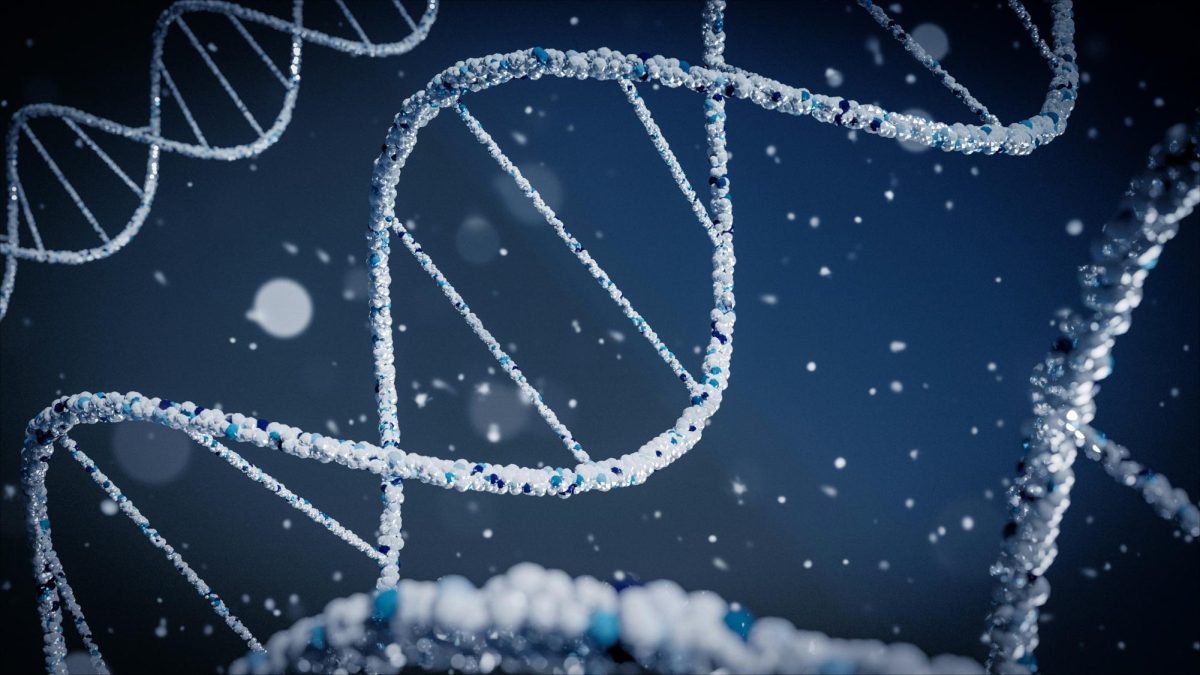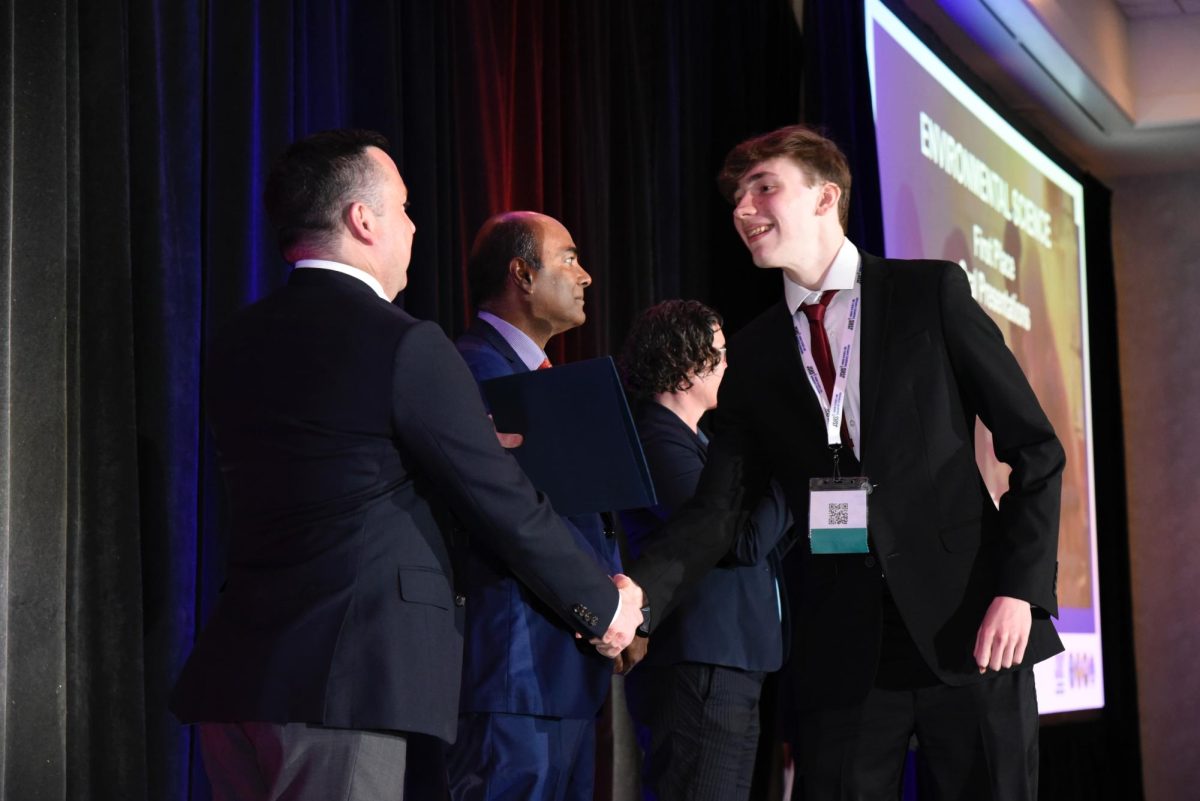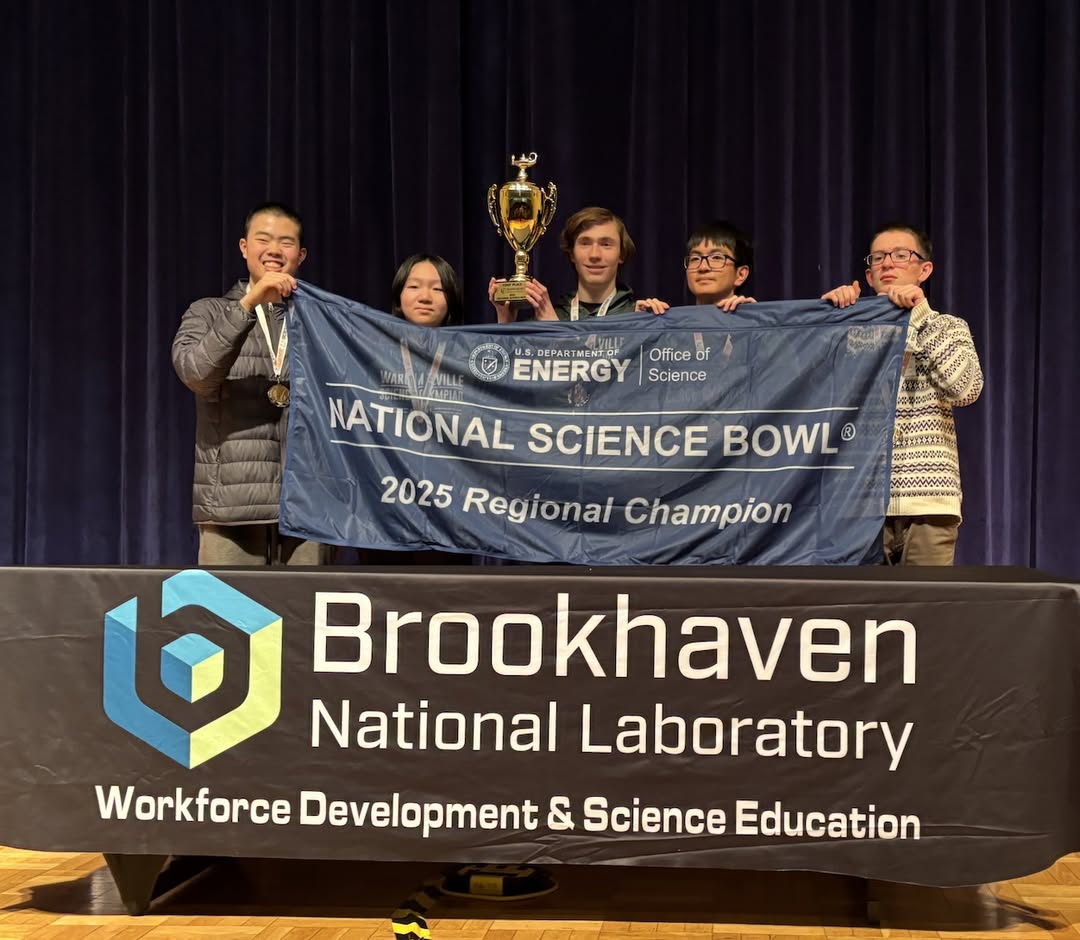Earlier this September, Suffolk County judge Timothy Mazzei made a landmark ruling by allowing advanced nuclear DNA evidence to be used in a trial of Rex Heuermann, the accused Gilgo Beach serial killer. The ruling is the first time such evidence has been deemed admissible in New York State court.
Heuermann is currently on trial for a series of seven murders committed between 1993 and 2011. In 2010, cadaver dogs discovered a total of ten bodies along a strip of the Ocean Parkway after an escort went missing from a Long Island neighborhood. He is charged with the murder of seven of these women, all of whom were female escorts: Sandra Costilla, Valerie Mack, Jessica Taylor, Melissa Barthelemy, Megan Waterman, Amber Costello, and Marie Brainard-Barnes.
Partial remains of Taylor were found eight years after other parts of her body had been found in Manorville. Similarly, partial remains of Mack were recovered, with additional remains located in Manorville. Hair samples from Costilla, who was murdered in 1993, linked Heuermann to her case. DNA from hair found on six of the seven victims has reportedly been matched to Heuermann, his wife, and his daughter. He has pleaded not guilty to the accusation for the murder of all seven women.
District Attorney Ray Tierney explained that nuclear DNA focuses on identifying the differences within the human genome. He argues that the science has advanced enough to be used in a court setting.
Nuclear DNA, found within the nucleus of the cell, is the genetic material that determines an organism’s traits and controls cellular activities. It is made up of four bases: adenine, cytosine, guanine, and thymine. These bases connect, with adenine bonding to thymine and guanine bonding to cytosine, to form a double helix structure. Some of these base pairs are shared among all humans, while others are unique. A human genome contains a few billion of these base pairs, much of which is known as non-genomic DNA. This means that it does not do much in determining the traits of an organism or directing its functions.
However, within this non-genomic DNA are sequences known as short tandem repeats, which are unique base pattern sequences that are useful in determining a specific person’s DNA. Investigators were able to connect evidence from multiple crime scenes to Heuermann by using short tandem repeats to make precise genetic matches, strengthening the prosecution’s case.
The defense, led by Attorney Michael J. Brown, has filed motions against this ruling, claiming that it violates New York State’s public health law which prohibits out-of-state laboratories from profiting from DNA sequencing. Despite these motions, Judge Mazzei has stood by his decision to allow the evidence, possibly setting a precedent for future cases in New York.









